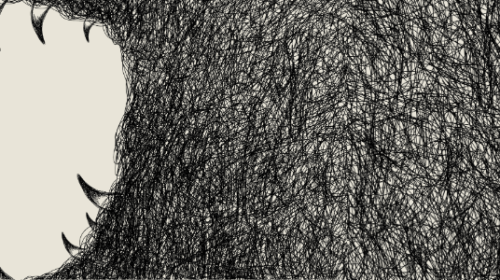As more and more people struggle with trauma, the treatment landscape continues to evolve with newer, more innovative, and more effective therapies to help patients address their challenges and move forward.
One of the best examples of this recent evolution is a technique called brainspotting, a practice that uses eye movement and positioning to help patients address, process, and overcome traumatic experiences that practitioners say are “stuck” in the visual field. Developed in 2003 by clinical social worker Dr. David Grand while he was working with 9/11 survivors and other trauma patients, brainspotting has been gaining more and more clinical ground and is now a commonly used clinical modality either administered on its own or combined with other therapies.
Although most clinicians use brainspotting for trauma recovery, it has also shown promise in helping patients manage their anxiety, depression, and substance use disorder when used alongside other treatment techniques.
How Does Brainspotting Work?
Brainspotting is based on the belief that traumatic experiences can be locked and embedded in a person’s visual field, leading to a neurophysiological connection and subsequent physical and mental health symptoms. The goal of brainspotting is to take the traumatic memories that are locked in the body and help the brain reset its memory of them.
While each practitioner’s methods vary, and there is currently no recognized standard protocol for brainspotting therapy techniques, the process generally involves:
- Identifying a particular point of distress or traumatic experience
- Self-directed or practitioner-guided breathing exercises while the eyes are closed (often while listening to soothing music or sounds)
- Identifying stressed or troubled areas of the body and rating the level of distress on a scale of 1 to 10
- Working with the practitioner to identify brain spots or areas of your visual field where the eyes naturally settle during the strongest points of distress. During this stage of the process, practitioners will guide patients either with a pointer rod or their finger to locate the trouble spots.
Once these areas are identified, patients and practitioners work together to assess the feelings associated with the particular spot and discuss the origin or context of these feelings, why they persist, and how they can be managed.
Some therapists take a more active approach to guiding patients toward these spots than others. This is called the “Outside Window” approach, while therapists who facilitate more self-directed sessions take what is called the “Inside Window” approach. At the end of each session, many patients report a sense of physical or mental release or feeling more emotional or tired than usual.
What Happens After Brainspotting?
Following brainspotting therapy sessions, patients can take what they have learned and apply it to other therapies in their mental health treatment program, including cognitive behavioral therapy (CBT), dialectical behavioral therapy (DBT), motivational interviewing, and others.
Brainspotting is one of several therapies based on the notion that trauma can be stored in the body and manifest in physical symptoms. Practitioners believe that the brain spots identified in sessions can act as gateways to embedded traumatic experiences. The idea is that by allowing patients to focus on these spots, they can essentially let the brain’s guard down so it can stop scanning for threats and more meaningfully engage with memories believed to be locked in the visual field.
Brainspotting Therapy Benefits: Is It Effective?
While the rates of responsiveness to brainspotting therapy vary according to patients’ depth of trauma and other factors, an established and growing body of research indicates that it can help treat PTSD in shorter times than other therapies, and some research suggests success rates similar to that of eye movement desensitization and reprocessing (EMDR). It’s important to work with your care team to determine if brainspotting or any other technique is a viable therapy for you.
Brainspotting Versus EMDR: What’s the Difference?
Brainspotting differs from EMDR mainly because it involves focused concentration rather than rhythmic eye movement. Both therapies seek to help patients’ brains reframe their traumatic memories, but EMDR sessions are often more structured and more closely guided by therapists.
Is Brainspotting Safe?
Yes, brainspotting is generally considered safe. There is no special equipment or invasive procedure involved; however, patients may feel more raw, vulnerable, or emotionally tired during and after sessions. Be sure to tell your practitioner how you’re feeling throughout your therapy so they can safely guide sessions.
Part of a Comprehensive Care Experience
Patients who are undergoing brainspotting for substance use disorder are strongly encouraged to pursue other evidence-based therapies while in treatment. This may include medically supervised detoxification, comprehensive behavioral rehabilitation, medication-assisted therapy (if applicable), and other evidence-based specialized therapies.
Clinicians at Recovery Unplugged Behavioral Health may offer brainspotting therapy as part of a complete care approach to treat trauma or co-occurring PTSD and substance use disorder. Programs are usually covered by insurance and are available in person or online.
Whether you feel you can benefit from brainspotting therapy or want to pursue other types of treatment, it’s never too late to get the help you need for your trauma. Our admissions representatives are standing by 24-7 to help you or your loved one take the first step toward recovery, peace of mind, and lasting relief.




















